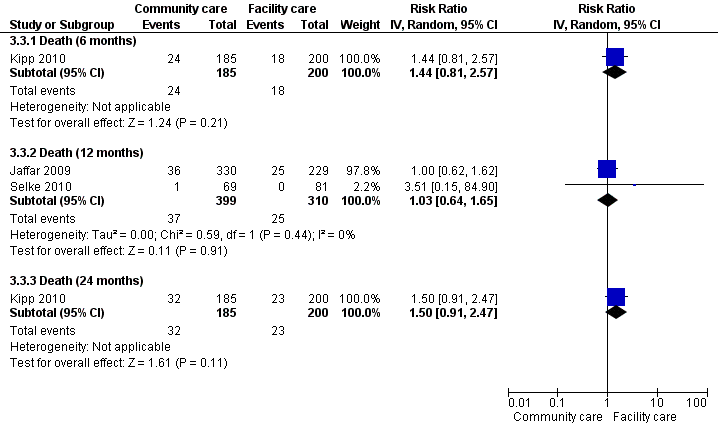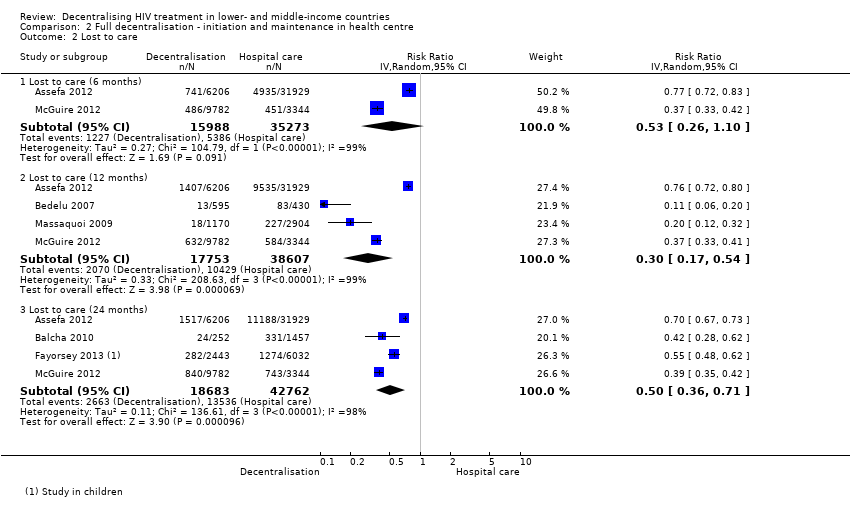Related content
Related reviews and protocols
Windy MV Wariki, Erika Ota, Rintaro Mori, Ai Koyanagi, Narumi Hori, Kenji Shibuya | 15 February 2012
Tamara Kredo, Folasade B Adeniyi, Moses Bateganya, Elizabeth D Pienaar | 1 July 2014
Erika Ota, Windy MV Wariki, Rintaro Mori, Narumi Hori, Kenji Shibuya | 7 December 2011
Moses Bateganya, Omar A Abdulwadud, Susan M Kiene | 7 July 2010
Virginia A Fonner, Julie Denison, Caitlin E Kennedy, Kevin O'Reilly, Michael Sweat | 12 September 2012
Lorainne Tudor Car, Michelle HMMT van‐Velthoven, Serena Brusamento, Hoda Elmoniry, Josip Car, Azeem Majeed, Rifat Atun | 15 June 2011
Julia M Rackal, Anne‐Marie Tynan, Curtis D Handford, Damian Rzeznikiewiz, Ayda Agha, Richard Glazier | 15 June 2011
Nombulelo Magula, Martin Dedicoat | 28 January 2015
Mylene Lagarde, Natasha Palmer | 13 April 2011
Andrew Anglemyer, Anurag K Agrawal, George W Rutherford | 27 January 2014
Related Podcast
Cochrane Clinical Answers
Carlos Fernando Grillo‐Ardila | 31 October 2016





















